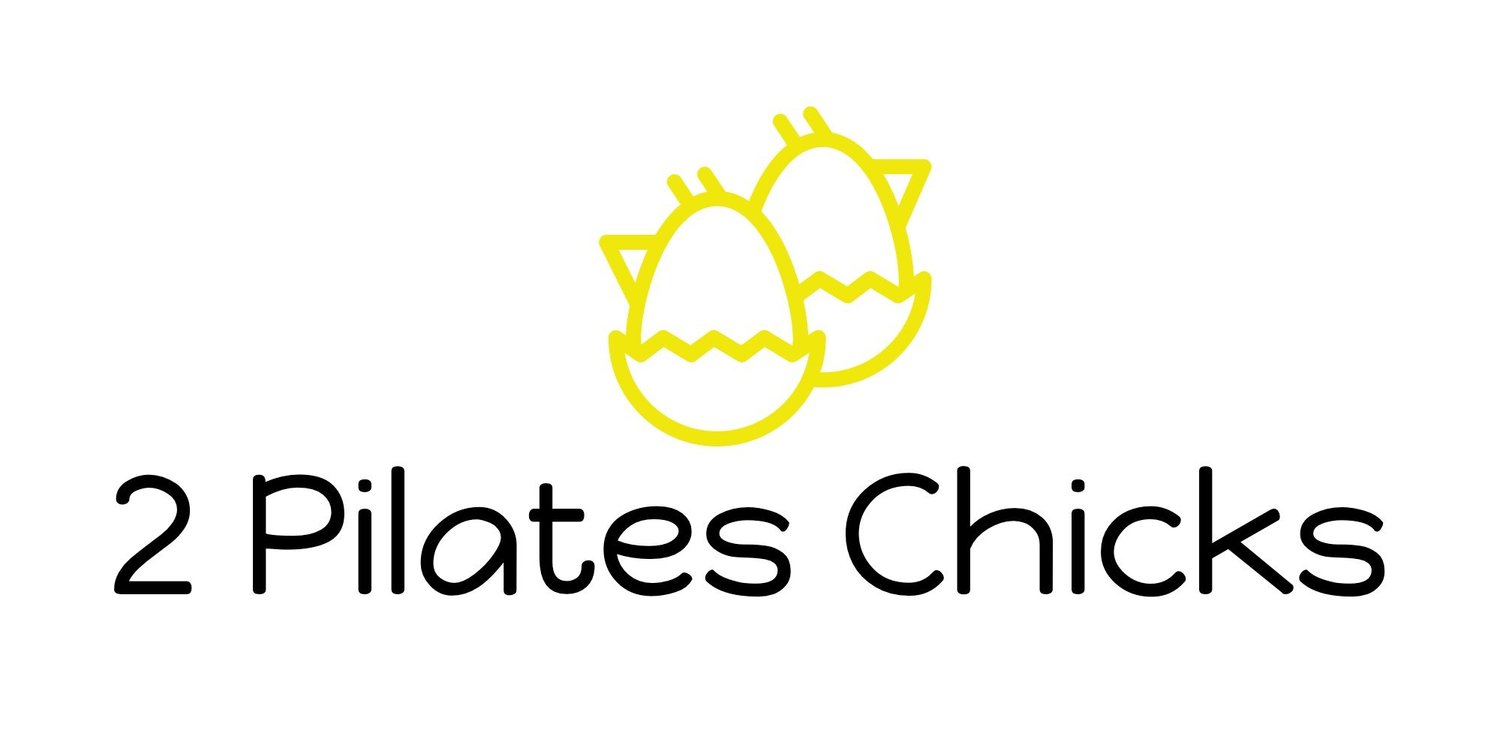Workshops
Our workshops dive into specific topics to encourage teachers to reflect on their teaching methods and connect more deeply with their clients, Pilates, and movement science. We aim to create a supportive and positive community for all teachers, regardless of training background, empowering all to find an authentic teaching style while incorporating evidence-based science into Pilates and movement practices. CECs available for each workshop.
These are some of our available workshops that we host both at our studio and at other studios.
Open to all teachers who completed over 450 hours of teacher training with a Certificate of Completion, or with program director’s approval if still in training.
To see scheduled upcoming workshops click here
To request a workshop at your studio, or for an on-demand pre-recorded workshop, email 2PilatesChicks@gmail.com or click here to contact
Cueing: Outdated to Updated
Simply state what we want the client to do without using memorized and cues.
What is the client potentially missing, and what simple direction might help them achieve it?
In this workshop you will learn to :
Simplify the practice of cueing to become more efficient and effective.
Eliminate outdated cues that have become popular jargon.
Understand the purpose of an exercise in order to cue accurately.
Learn how the exercises affect the anatomy in movement to more accurately cue what is needing to happen in each exercise.
Perinatal Pilates: Prenatal and Post-partum Considerations
Working with pregnant clients.
How to work with clients who are newly postpartum.
In this workshop:
Stages of pregnancy and physical changes
Exercise during pregnancy- adjustments to classical or traditional work, adapting the work for pregnancy
Corrective Exercise for Prenatal Stages
Postpartum expectations and physiology
Observational Skills for Teachers
Learn what the client needs by observing through assessment exercises and visual cues.
In this workshop:
Notice what the client needs each session
Recognize what a client is missing in their practice
Learn how to fit an exercise to the client instead of forcing a client into an exercise
Observation skills to be able to adjust and adapt the teaching plan and exercises within a session
Translate Traditional to Contemporary
Translating the exercises from traditional to contemporary apparatus or vice versa. It doesn’t matter which style you originally learned.
In this workshop:
Learn how traditional and contemporary Pilates intersect.
Experience the differences in the exercises
Explore the purpose and goals of different Pilates styles in the same exercises
Discuss what traditional and contemporary Pilates actually means
Guiding Clients in Pain
How to work with clients who are in chronic pain.
How do we help a client move through a Pilates practice when in chronic or long-lasting pain?
In this workshop:
Pain- the mechanisms of pain, different types of pain, the biopsychosocial model, modern understandings of contributing factors to painful stimuli, pain in the absence of pathology or injury, and differentiation between sensation and pain.
Client’s Experience of pain- fear of movement, kinesiophobia, ideas of bracing/guarding, myths around posture.
Teacher’s Responsibility- scope of practice, appropriate methods of hands-on, encouragement vs enabling.
The Hypermobile Client
Teaching clients with Hypermobility
How to work with clients who are hypermobile, EDS/HSD.
In this workshop:
The spectrum of Hypermobility
Differences in hypermobility spectrum disorder, Ehlers-Danlos Syndrome, and having hyper-mobile joints
Corrective Exercise for hypermobility
Pilates exercises for supporting hypermobility, precautions, and contraindications
Miscellaneous Apparatus
Learn exercises using the Baby Arm Chair, Push-up devices, Neck Stretcher, and Airplane Board.
In this workshop:
Experience using these devices on your own body
Assess where these exercises might be useful for a client in their practice
Key concepts of these exercises and connections throughout the work
Building blocks for each movement and how to build them for the individual
Pilates for Rehabilitation
How to teach Pilates to injured clients.
In this workshop:
Chronic vs acute injuries, stages of healing, and appropriate loading methods.
Understanding various pathologies and orthopedic conditions.
Precautions, Contraindications and adjustments to classical or traditional work, adapting the work for injury.
Exercises for specific conditions, appropriate Pilates exercises and functional rehabilitative exercises.
Archival Exercises
Learn the archival Pilates exercises, the traditional work of Joseph Pilates.
Headstand front and back, Wrestling Bridge, High Bridge, Squirrel, Control Balance Off, Piano Head, and more.
In this workshop:
How to do the exercise, setup, safety considerations
Why the exercise might be chosen for a specific client
Key concepts of these exercises and connections throughout the work
Building blocks for each movement and how to build them for the individual
Functional Exercises
Learn exercises to use with clients when they need assistance before being able to do traditional Pilates, “pre-Pilates”, to work through injuries, or complement to a traditional practice.
In this workshop:
Exercises to use with clients who are currently unable to do much of a classic repertoire
Beneficial exercises that work alongside a Pilates session
Building blocks to connect functional movement exercises to Pilates sessions
How to use functional training exercises to help clients connect to their Pilates and concepts of the repertoire more.
